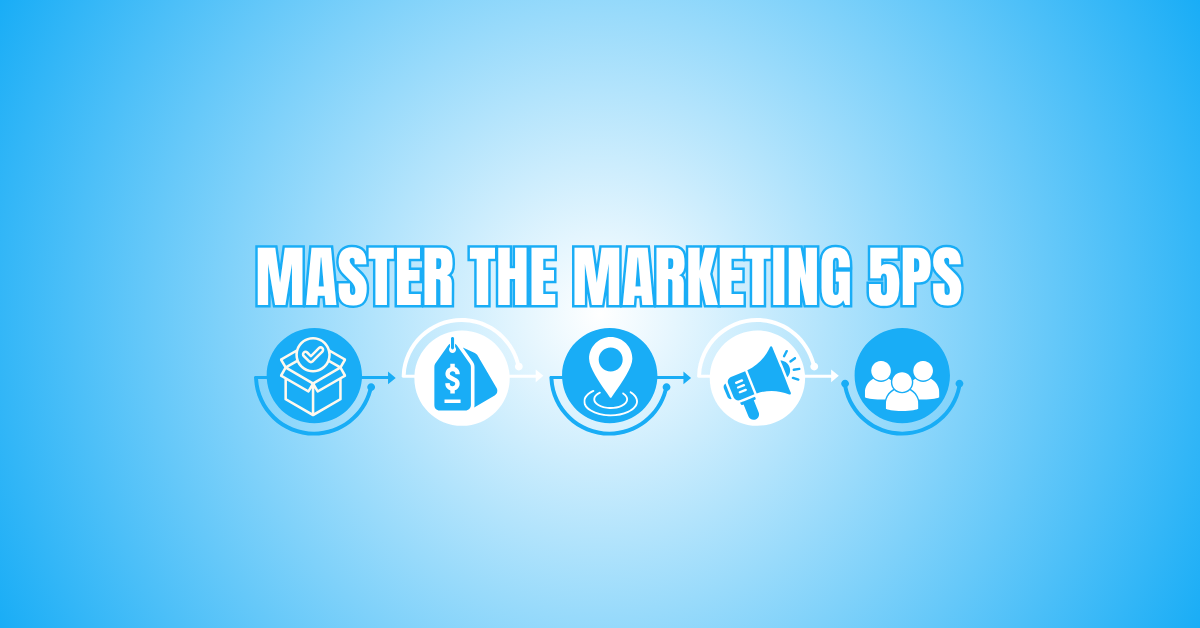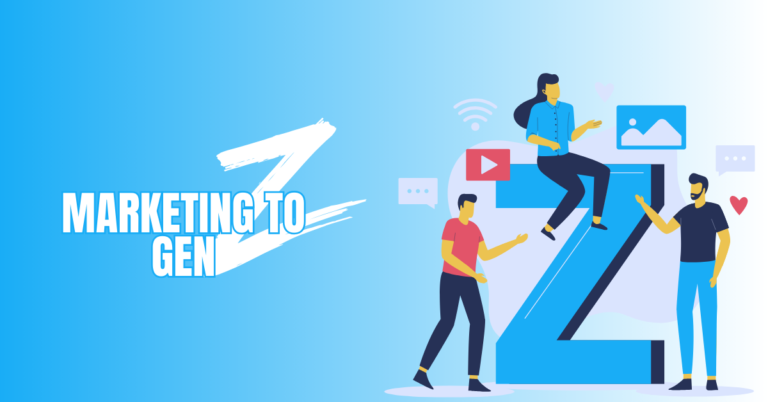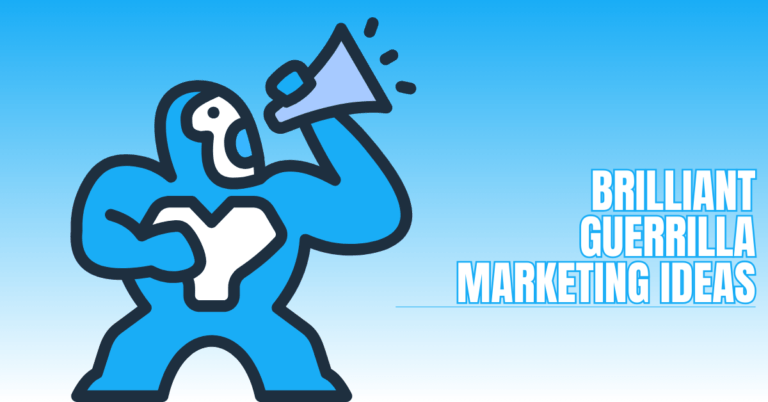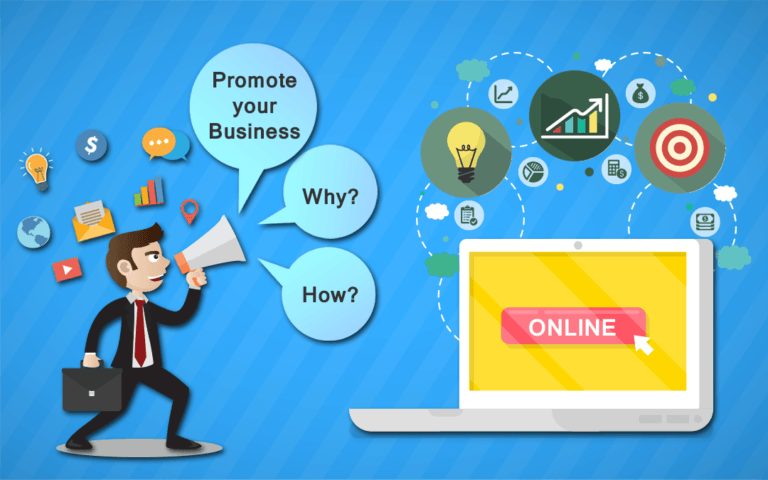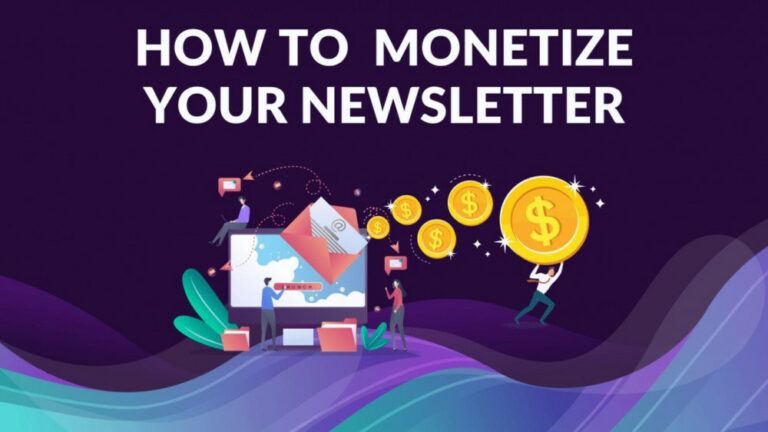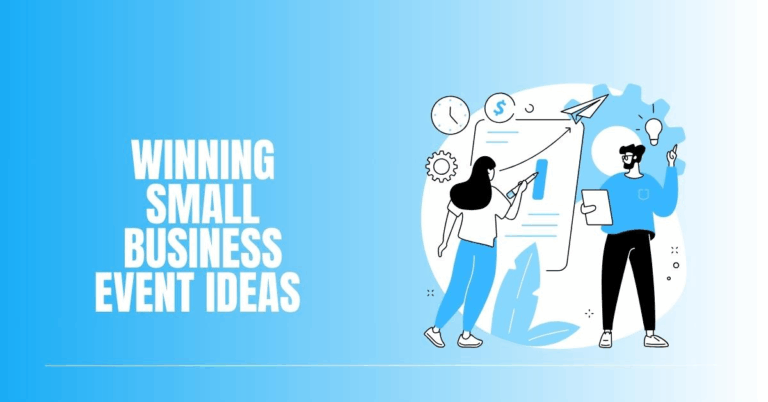Master The Marketing 5Ps And Transform Your Business
Understanding the marketing 5Ps is essential for building a strong and successful business strategy. These five elements
- Product
- Price
- Place
- Promotion
- People
work together to shape how your brand connects with customers.
Whether you're launching a new product or refining your strategy, mastering the marketing 5Ps is essential. It helps attract the right audience, boost engagement, and drive lasting growth in a competitive market.
Master The Marketing 5Ps And Transform Your Business
1. Product – What You Offer
Definition
Product refers to the goods or services a company offers to meet customer needs or solve specific problems. It includes everything from features and design to branding and packaging.
Key Elements
Features And Benefits
This defines what your product does and the value it provides. Customers want specific benefits that address their problems or enhance their lives.
Features explain the functions; benefits translate those features into customer value, making it easier for buyers to understand what’s in it for them.
Design And Functionality
Great design improves usability, aesthetic appeal, and brand recognition. Functionality ensures the product does what it's intended to do reliably.
Together, they create a seamless user experience. Whether it's ergonomic tools or intuitive software, design and function must align with the target audience’s needs and expectations.
Packaging
Packaging is the customer’s first physical interaction with a product. It influences perception, protects the item, and communicates brand identity.
A well-designed package can enhance shelf appeal, provide usage instructions, and even promote sustainability, all of which can sway a customer’s buying decision.
Branding
Branding defines how your product is perceived in the market. It includes the name, logo, messaging, tone, and emotional associations.
Strong branding builds trust, makes the product memorable, and creates loyalty. It sets you apart from competitors and contributes to long-term business success.
Product Lifecycle
There are four phases that any product goes through: launch, development, maturity, and decline. Understanding the lifecycle helps with planning production, marketing, pricing, and innovation.
For instance, you may invest more in promotion during the introduction phase and focus on optimization or diversification during maturity.
Real-World Examples
Apple’s iPhone
Apple’s iPhone stands out due to its sleek design, regular feature upgrades, and ecosystem integration. It sets industry trends with each release and maintains high customer satisfaction.
The brand is synonymous with innovation, creating immense customer loyalty and repeat purchases through consistent product quality.
Tesla
Tesla offers electric vehicles that are both sustainable and high-performance. Its cars feature autonomous driving, sleek designs, and powerful acceleration.
Tesla continuously updates its technology through software, keeping its products fresh and improving user experience even after purchase, which differentiates it in the auto industry.
Dyson Vacuum
Dyson vacuums use advanced technology like cyclone suction and cordless power. Their ergonomic design, futuristic look, and durable construction make them a premium choice.
The brand markets itself around performance and cleanliness, gaining a reputation for innovation and engineering excellence that justifies its higher price tag.
Strategic Tips
Regularly engage customers for feedback to guide improvements. Focus on innovation and simple usability to enhance satisfaction. Monitor trends to stay relevant and competitive.
Align your product features with real customer needs. Build quality from the start to reduce returns and enhance word-of-mouth marketing.
Common Mistakes
A common mistake is launching without validating product-market fit, which leads to poor adoption. Overlooking design or packaging reduces customer appeal.
Many products also fail because they’re indistinct from competitors, lacking clear differentiation. These errors waste resources and damage brand reputation over time.
How It Works With The Other 5Ps
The product sets the foundation for the remaining 4Ps. It determines appropriate pricing based on perceived value, ideal distribution channels, promotional strategies, and the right personnel or partnerships to support and sell it. A strong product leads all other marketing mix decisions with clarity and direction.
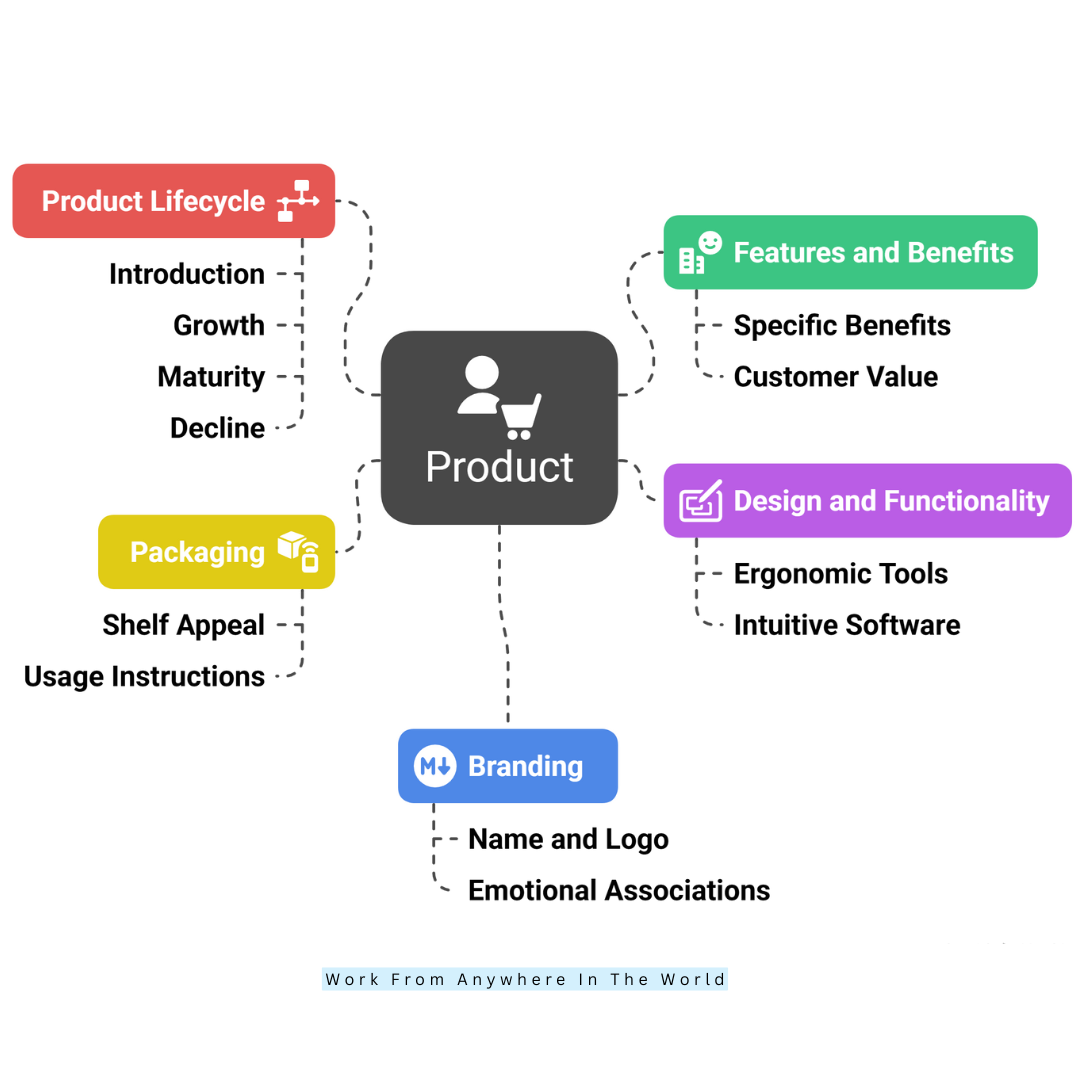
2. Price – What You Charge
Definition
The price is the amount customers pay for the product. It reflects its value, influences brand perception, and directly impacts profitability.
Key Elements
Cost-Based Pricing
There are four phases that any product goes through: launch, development, maturity, and decline. It ensures profitability by covering costs, but it doesn’t always consider competitor pricing or customer value perception, which may limit competitiveness in dynamic markets with price-sensitive buyers.
Value-Based Pricing
Value-based pricing sets prices according to how much value customers believe the product delivers. This method focuses on customer outcomes rather than costs.
It works best for unique or high-impact products and requires deep insight into what the customer truly values and is willing to pay for.
Penetration & Skimming
Penetration pricing means entering the market with low prices to gain customers quickly. Skimming does the opposite—starting with a high price to target early adopters, then gradually lowering it.
Each suits different market goals, such as volume growth versus profit maximization and brand exclusivity.
Psychological Pricing
Psychological pricing uses emotional triggers to influence perception, like setting a price at $9.99 instead of $10. This tactic makes prices appear lower and can increase conversions.
It’s often used in retail and e-commerce, where minor adjustments can drive customer decisions without changing actual value.
Discounts And Offers
These are temporary price reductions to stimulate sales, clear old stock, or reward loyalty. Discounts can attract attention and increase volume, but must be used strategically.
Overuse may devalue the product or train customers to wait for sales, hurting long-term profitability and brand perception.
Real-World Examples
Walmart
Walmart maintains a low-price strategy aimed at value-conscious shoppers. By focusing on cost-efficiency, supply chain optimization, and bulk purchasing, it offers competitive pricing across thousands of items. This pricing model has helped Walmart dominate retail by appealing to budget-focused families and bargain hunters.
Rolex
Rolex employs a premium pricing model to emphasize luxury, exclusivity, and craftsmanship. By maintaining high prices, limiting supply, and promoting status, Rolex reinforces its elite brand identity.
The pricing itself signals quality, prestige, and investment value, attracting affluent customers seeking exclusivity and legacy.
Spotify
Spotify uses a freemium model—offering a basic version for free with ads and upselling a premium subscription. This strategy builds a large user base, then converts loyal listeners to paid users. It lowers entry barriers while encouraging upgrades through added value like ad-free and offline listening.
Strategic Tips
Understand your total costs and define your break-even point to avoid losses. Align pricing with your brand’s market position—premium, budget, or mid-range.
Monitor competitors, test offers or bundles, and adjust seasonally. Transparent, consistent pricing that reflects value builds trust and supports sustainable business growth.
Common Mistakes
Underpricing may attract customers, but it weakens perceived value and cuts into profits. Overpricing without added value alienates buyers.
Frequent discounting can hurt brand trust and train customers to expect lower prices. Poor pricing erodes margins and makes it hard to scale or justify future increases.
How It Works With The Other 5Ps
The price influences how your product is promoted, where it’s sold, and how it's perceived. It must align with product quality, target audience, and positioning.
The right price attracts the ideal customers, supports promotional offers, and enables teams to sell and support the product experience confidently.

3. Place – Where You Sell
Definition
The place refers to the locations and channels through which a product is delivered to customers. It’s about making the product accessible, convenient, and available at the right time and location to match customer needs and preferences.
Key Elements
Distribution Channels
Distribution channels include direct channels like a brand’s own website and indirect ones, such as retailers or wholesalers. Choosing the right mix influences customer experience, pricing control, and profit margins.
A well-structured channel strategy ensures that products reach customers efficiently while supporting brand consistency and scalability.
Logistics And Delivery
Logistics includes managing inventory, warehousing, and shipping. Efficient delivery systems reduce shipping time, minimize costs, and increase customer satisfaction.
It involves coordinating transportation, returns, and order tracking. Investing in streamlined logistics is essential for building reliability, especially in eCommerce and subscription-based business models.
Online vs Offline
Brands must balance between online and offline sales based on customer habits. Online offers a broader reach and convenience, while offline enables hands-on experiences.
Combining both, through strategies like click-and-collect or showrooming, allows businesses to meet modern buyer preferences and increase overall customer engagement.
Retail Partners
Retail partners include third-party sellers, affiliate marketplaces, or franchisees that help distribute products. These partners extend brand reach but require oversight to ensure quality and pricing consistency.
Establishing clear agreements and guidelines helps protect brand integrity and enables profitable, scalable distribution beyond direct control.
Geographic Reach
Geographic reach defines where the product is available—locally, nationally, or internationally. Expansion decisions depend on demand, competition, logistics, and compliance with local laws.
Understanding each region’s buying behaviours and infrastructure is critical for successful market entry and long-term performance in new territories.
Wealthy Affiliate – Mini Review (2025)
If you’ve ever thought about turning your blog, passion, or niche into an online business,
Wealthy Affiliate (WA) is one of the most beginner-friendly platforms I’ve used.
It combines step-by-step training, website hosting, SEO research tools,
and an active community all in one place.
What I like most: you can start free (no credit card needed),
explore lessons, test the tools, and connect with other entrepreneurs
before upgrading. WA isn’t a “get rich quick” scheme — it’s a platform where success comes
from consistent effort and applying what you learn.
Real-World Examples
Amazon
Amazon uses a powerful global online platform combined with advanced logistics networks. It offers fast delivery, wide product selection, and customer convenience.
Sellers leverage Amazon’s infrastructure to reach international markets, making it one of the most influential online marketplaces in modern commerce.
Starbucks
Starbucks selects high-traffic, visible retail locations such as airports, shopping districts, and campuses. Its focus on convenience and atmosphere supports the brand’s premium coffee experience.
This careful physical placement strategy contributes heavily to brand loyalty, consistent foot traffic, and strong local presence worldwide.
Warby Parker
Warby Parker blends online retail with physical showrooms, offering a seamless omnichannel experience. Customers can browse online, try at home, or visit curated stores.
This hybrid model helps control distribution, enhances service quality, and allows them to cater to different buying preferences more effectively.
Strategic Tips
Place your product where your audience already shops—be it online, in-store, or both. Use customer data to choose the most effective channels.
Partner strategically with retailers or marketplaces. Strengthen logistics and inventory systems to ensure consistent stock, fast delivery, and a reliable customer experience.
Common Mistakes
Selecting an unsuitable distribution channel can limit sales. Ignoring local laws or shipping regulations hampers international success. Inaccurate inventory forecasting causes frequent stockouts or overstock issues.
These missteps frustrate customers, reduce trust, and increase operational costs, ultimately damaging long-term profitability and brand reputation.
How It Works With The Other 5Ps
The place influences your pricing, since different channels and geographies carry varying costs. It also affects promotion—what works in-store may not work online.
And it shapes how people like sales staff or delivery teams interact with customers, impacting brand experience and overall satisfaction.

4. Promotion – How You Communicate
Definition
Promotion involves all activities used to inform, persuade, and remind customers about your product. It builds awareness, shapes perception, and drives action by communicating value through a mix of strategic channels tailored to the target audience.
Key Elements
Advertising
Paid placements in print, radio, television, social media, and search engines are all considered forms of advertising. It’s designed for mass reach, brand visibility, and driving immediate action.
Effective ads have strong messaging, clear calls to action, and repeat exposure to influence customer decisions and behaviours.
Content Marketing
Content marketing focuses on creating valuable, relevant materials like blogs, videos, eBooks, or infographics. It educates, entertains, or informs customers rather than directly selling.
This increases credibility and establishes your brand as an authority, which promotes enduring loyalty and natural search engine traffic.
Public Relations
Public relations (PR) involves managing your brand’s public image through media outreach, press releases, and event appearances.
Effective PR builds credibility, generates positive publicity, and minimizes damage during crises. It is essential to uphold a positive reputation and cultivate enduring connections with stakeholders.
Social Media
Social media platforms like Facebook, LinkedIn, Instagram, and TikTok allow direct engagement with your audience. These channels support real-time communication, community building, and brand storytelling. Content must be tailored for each platform, and regular interaction is key to building loyalty and trust.
Sales Promotions
Sales promotions are short-term tactics like limited-time offers, contests, coupons, or loyalty programs. They encourage immediate purchases and boost short-term revenue.
When used strategically, promotions can create urgency, reward loyal customers, and attract new buyers—but must align with brand value and positioning.
Real-World Examples
Coca-Cola
Coca-Cola’s promotional success stems from emotionally driven global campaigns. Their advertising focuses on happiness, sharing, and connection, making the brand memorable across cultures.
Iconic slogans, jingles, and visuals—such as the holiday polar bears—build strong emotional associations and consistent worldwide recognition.
Nike
Nike’s promotion strategy centers on emotional storytelling and empowerment. Through slogans like “Just Do It” and partnerships with top athletes, they inspire customers and create aspirational appeal. Their consistent brand message builds loyalty and positions Nike as a lifestyle choice, not just a sportswear company.
Dollar Shave Club
Dollar Shave Club gained massive attention with a single viral video featuring humour, simplicity, and clear value. The campaign quickly attracted millions of subscribers by directly addressing pain points and differentiating from traditional shaving brands. This unconventional approach made them a household name almost overnight.
Strategic Tips
Adapt your message to your audience's unique requirements and feelings. Ensure that your visual identity and voice are consistent across all platforms.
Diversify promotional channels to balance organic and paid reach. Use analytics to track effectiveness and adapt messaging for higher engagement and conversions.
Common Mistakes
Inconsistent messaging can confuse customers and weaken your brand. Over-reliance on discounts conditions buyers to wait for deals, hurting long-term value.
Ignoring organic strategies like SEO and social engagement leads to unsustainable growth and higher ad costs. Balanced, thoughtful promotion prevents these issues.
How It Works With The Other 5Ps
Promotion only works when it’s built on a solid product, priced appropriately, available in the right places, and supported by knowledgeable people.
Each P strengthens the promotional message. If one fails, even the best campaign may fall short of expectations or reach the wrong audience.
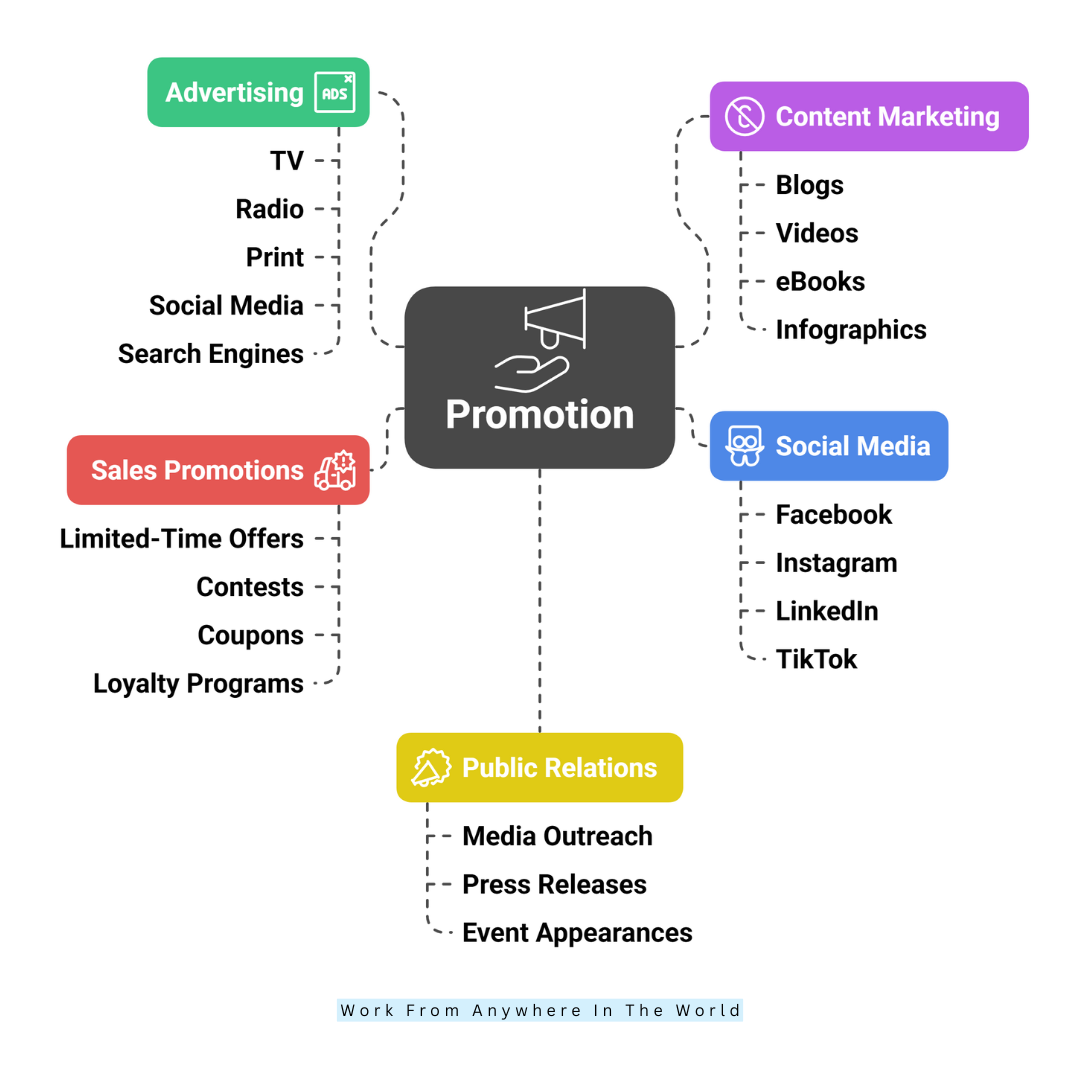
5. People – Who Represents The Brand
Definition
‘People' refers to everyone involved in delivering the customer experience, from front-line employees and support teams to brand ambassadors and even loyal customers.
These individuals shape perceptions, build relationships, and ultimately influence customer satisfaction, loyalty, and referrals.
Key Elements
Internal Staff
Internal staff includes salespeople, service reps, and support teams who directly interact with customers. Their knowledge, attitude, and responsiveness affect the overall experience.
When well-trained and motivated, they embody the brand and drive customer satisfaction through every communication, whether in-store, over the phone, or online.
Customer Experience
Customer experience encompasses every touchpoint before, during, and after the sale. This includes pre-purchase inquiries, onboarding, support, and follow-up.
Positive interactions at each stage build loyalty and trust, while negative experiences can damage reputation and retention. People ensure each step reflects your brand values.
Training And Onboarding
Effective onboarding helps employees understand the brand’s mission, tone, and customer expectations. Ongoing training keeps teams sharp, informed, and aligned with evolving strategies.
Well-trained staff can confidently resolve issues, deliver consistent messaging, and provide tailored experiences that enhance brand reliability and professionalism.
Culture And Morale
A positive internal culture boosts employee morale and productivity. Happy employees provide better service and remain loyal.
Cultivating a supportive environment fosters collaboration, innovation, and care, all of which are evident to customers. Culture is the foundation that drives behaviour and strengthens brand consistency.
Advocacy And Referrals
When customers are delighted, they become brand advocates who share their positive experiences. Empowered employees also serve as ambassadors, driving referrals and organic growth.
Encouraging and rewarding advocacy—from both employees and customers—can dramatically expand reach, trust, and credibility without heavy promotional spend.
Real-World Examples
Zappos
Zappos is well known for providing outstanding customer service. Employees are empowered to take time with each customer, solve problems creatively, and exceed expectations.
Their internal culture emphasizes trust and autonomy, leading to consistently high customer satisfaction and a reputation for being people-first.
Ritz-Carlton
At the Ritz-Carlton, employees receive rigorous training to anticipate guests' needs before they arise. Each team member is encouraged to take personal ownership of the customer experience.
This proactive approach to service helps maintain their reputation for luxury, personalization, and consistent five-star hospitality.
Trader Joe’s
Trader Joe’s employees are consistently friendly, knowledgeable, and enthusiastic. They help customers find products, share recipe tips, and create a welcoming store environment.
This hands-on, customer-centric approach is a key reason shoppers feel valued and often return—not just for products, but for the people.
Strategic Tips
Hire individuals who reflect your brand’s values and personality. Provide thorough training and create feedback loops for continuous improvement. Encourage cross-functional communication.
Celebrate team successes and empower employees to solve problems creatively. A motivated, aligned team becomes a key asset in delivering brand promises.
Common Mistakes
Failing to invest in training leads to inconsistent messaging and poor service. Neglecting culture allows negativity to spread, lowering morale and performance.
Treating customer support as a low-priority function can alienate customers. People must be valued, supported, and strategically integrated into every brand interaction.
How It Works With The Other 5Ps
People are the living extension of your brand. They represent the product, communicate promotions, support pricing conversations, and enhance the experience at every point of sale. Without the right people, even the best product or strategy can fall flat due to poor execution and service.
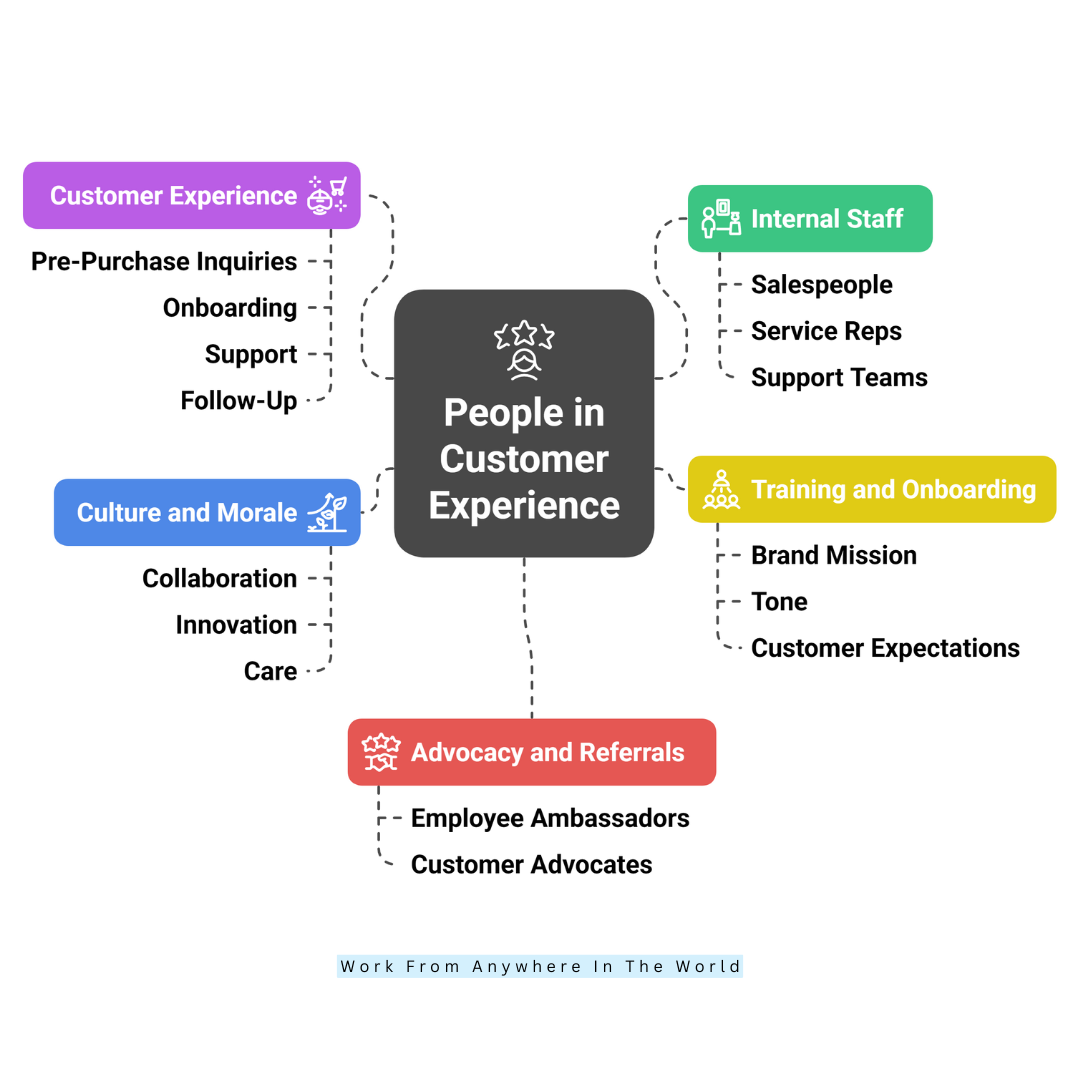
Conclusion
The marketing 5Ps offer a powerful framework to guide your business decisions and marketing efforts. By aligning Product, Price, Place, Promotion, and People, you create a strategy built for growth and long-term success.
Whether you're just starting or scaling your business, applying the marketing 5Ps ensures your brand stays focused, customer-driven, and competitive. Embrace these principles to elevate your marketing and make a lasting impact in your industry.
I trust you enjoyed this article on Master The Marketing 5Ps And Transform Your Business. Please stay tuned for more insightful blogs on affiliate marketing, online business, and working from anywhere in the world.
Take care!
— JeannetteZ
💬 Your Opinion Is Important To Me
Do you have thoughts, ideas, or questions? I’d love to hear from you. Please leave your comments below or email me directly at Jeannette@WorkFromAnywhereInTheWorld.com.
📚 More Work From Anywhere Reads
🚀 Ready to Build a Business You Can Run from Home
Or from Anywhere in the World?
Imagine creating income on your terms — from home, a cozy café, or wherever life takes you.
With the right tools, training, and community support, it’s entirely possible.
Start your own online business for free — no credit card needed.
Disclosure
This post may contain affiliate links. As an Amazon Associate and participant in other affiliate programs, I earn from qualifying purchases at no extra cost to you. Please read my full affiliate disclosure.

